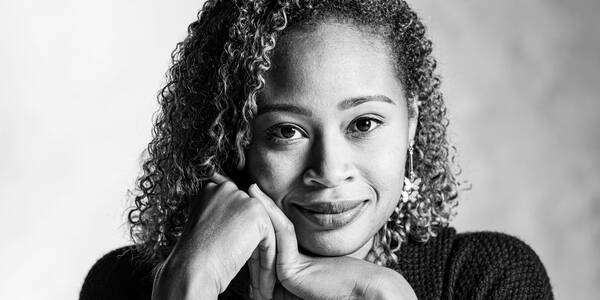
Courage, Compassion, Creativity: Military Veterans Making a Difference at ArtCenter and Beyond
ArtCenter’s reputation, culture and even the school’s site in Pasadena have been shaped by the military veterans who have come through its doors. From the post-World War II student population burst, sparked by the GI Bill®, that led the College to move from its Seventh Street location to the larger Third Street campus,
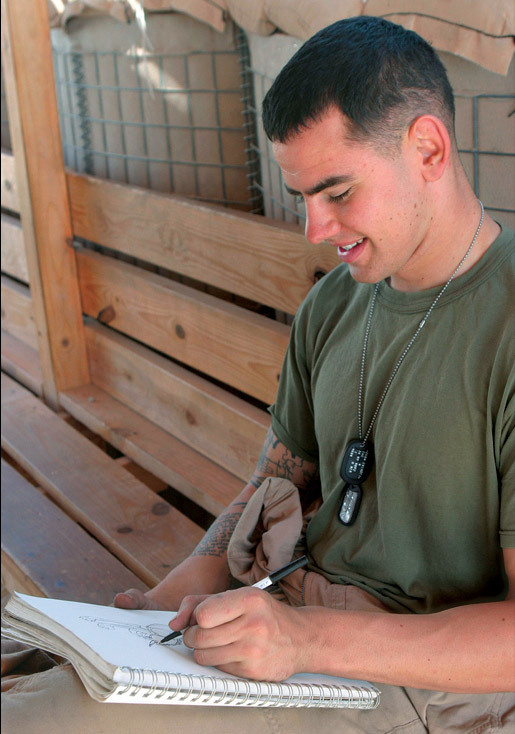
“I chose the Marines because I had a deep desire to serve my country and because I wanted to be challenged and to experience the satisfaction of overcoming adversity. I chose ArtCenter for very much the same reasons.”
Daniel Yorba U.S. Marine Sargent
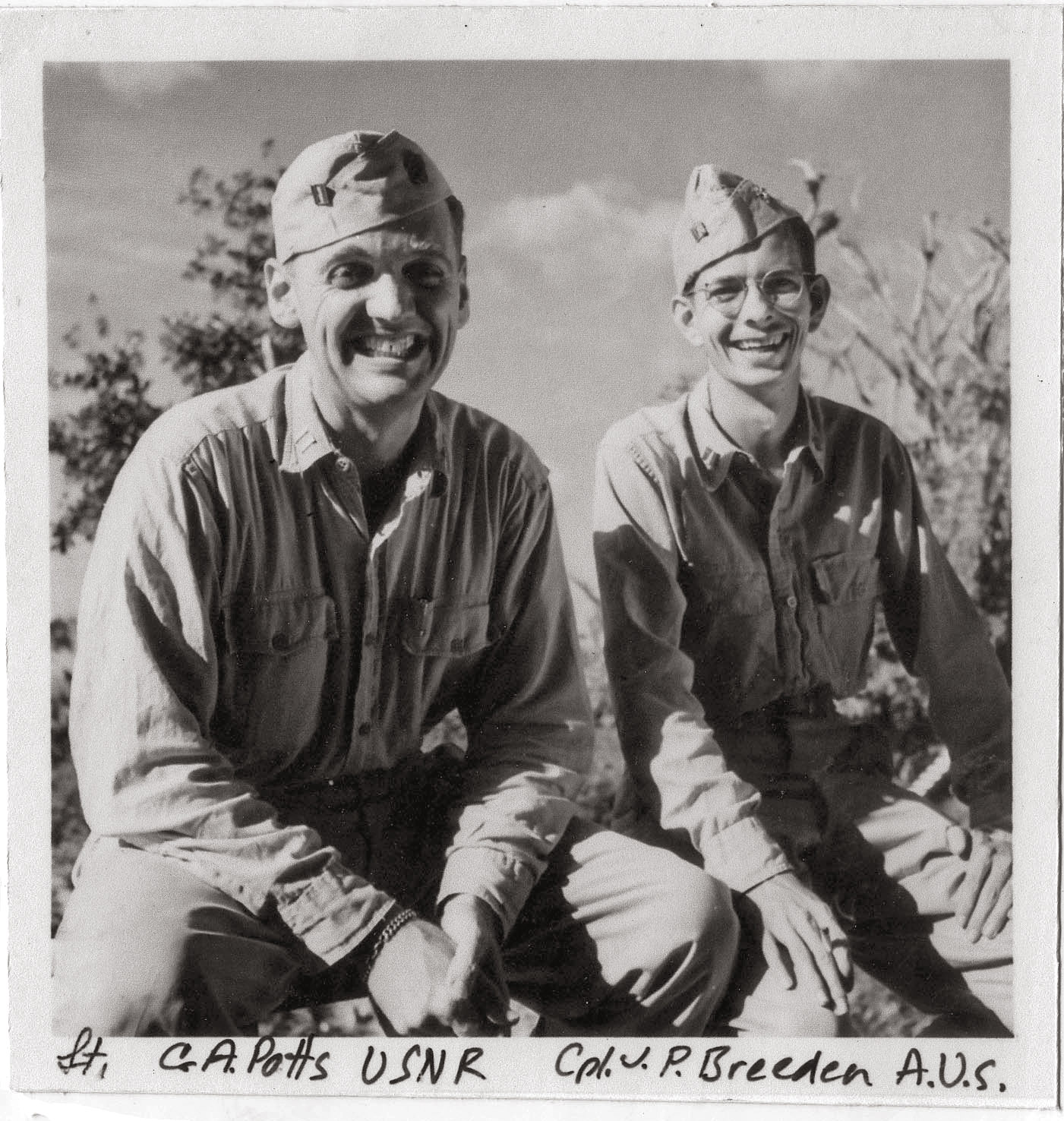
Photo: World War II veterans Charles A. Potts (left) with fellow ArtCenter alumnus John Breeden PHOT 41 at Okinawa in 1945.
In the military, one of the things that kept morale up was the knowledge that we were serving and sacrificing so that life could be better for others. When I discovered design, I realized I could have a similar impact on the world.
Cory Bloor Former Air Force chaplain assistant
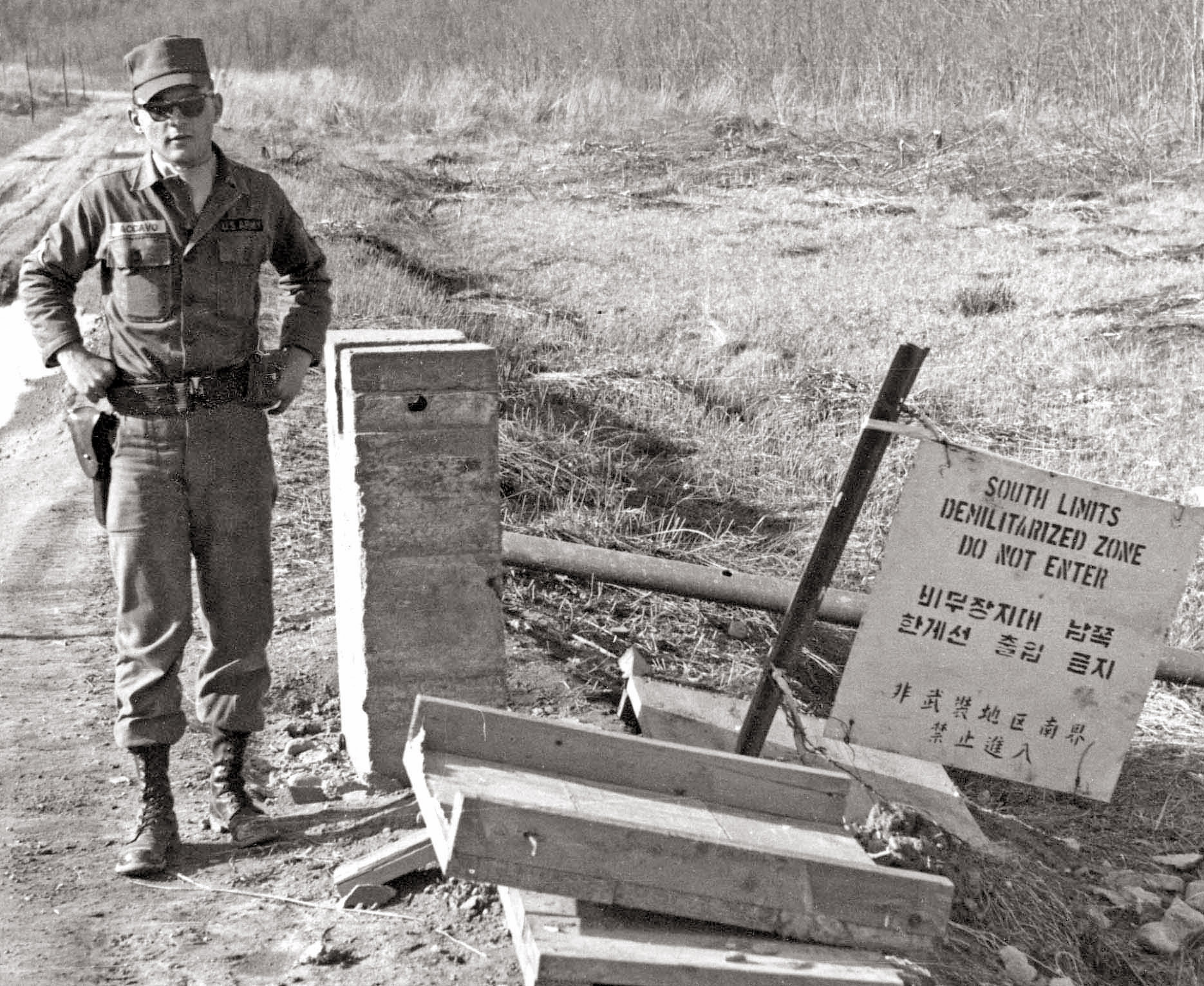
Photo: James Caccavo during his service as an Infantry Operations and Intelligence Specialist in the U.S. Army's 1st Cavalry Division on the Korean War armistice line (DMZ) in 1963. (Courtesy James Caccavo)
Today, servicemen and servicewomen—whose discipline and desire to make a positive impact align closely with the College’s educational mission—continue to distinguish themselves as students and alumni.
U.S. Marine Sgt. 0 PROD 10 came to ArtCenter after serving as a crew chief on CH-46 helicopters during the course of one tour of duty in Kosovo and two tours in Iraq.
“I chose the Marines because I had a deep desire to serve my country and because I wanted to be challenged and to experience the satisfaction of overcoming adversity,” he says. “I chose ArtCenter for very much the same reasons. I knew this elite school would give me the chance to employ the skills I’d perfected in the Marines, including perseverance, drive and sacrifice, in a field where I was naturally gifted.”
Leveraging his experience with helicopter mechanics to create new concepts in other arenas, today Yorba has found success as a lead designer with helmet and sports gear manufacturer Pro-Tec.
The connection between the skills acquired in the military and skills demanded by the field of industrial design comes as no surprise to Karen Hofmann (BS 97 Product Design), chair of the Product Design Department at ArtCenter. She counts veterans among her most tenacious students.
“Those who have served in the military share attributes with students who were competitive athletes before coming to ArtCenter,” says Hofmann. “Their discipline and experience in high-pressure environments quickly become apparent in the studio, as do their adaptability and leadership. They are able to change course or strategy when projects demand it, and they bring a spirit of camaraderie and teamwork that elevates the energy and work ethic of the class to another level.”
Public Service Through Art and Design
On the surface, the difference between serving in combat and designing a kitchen appliance or a concert poster may seem as vast as the difference between hawks and doves. Yet many of today’s creative veterans view design careers as opportunities to further the public service commitment that drew them to the armed forces in the first place.
“The desire to help others that drives many men and women to military service fits well with where we are going as an institution,” observes Jeff Hoffman, ArtCenter’s Dean of Students. “Increasingly, ArtCenter is offering more opportunities for students to give back to our communities—through classes and sponsored projects focused on social impact and social innovation—and to work directly with organizations dedicated to improving people’s lives.”
In 2012, then fourth-term Product Design student Cory Bloor took part in a collaboration between Designmatters and the Media Design Practices (MDP)/Field Track, in partnership with UNICEF, to conduct field work and design interventions for and with youth in Uganda. Bloor, a senior airman who served in the Air Force as a chaplain assistant, visited Ugandan villages and urban areas to learn more about the needs of the country’s young people.
“I discovered that young people there are amazing entrepreneurs,” he says. “The streets are crowded with youth selling things. I met a 19-year-old who owned her own store in a mall. I also learned that every village has a business that sells bricks made of out clay they dig up from the ground.”
Seeing an opportunity to create a product with this readily available material, Bloor worked with village brick makers to develop a prototype for clay water filters that could be made locally and sold cheaply to provide clean water in homes.
“When I was in the military,” Bloor says, “one of the things that kept morale up was the knowledge that we were serving and sacrificing so that life could be better for others. When I discovered design, I realized that I could have a similar impact on the world. ArtCenter is guiding that impulse and putting me in contact with the right people to make that happen.”
Jake Emmert (BS 10 Product Design), who served in the Marine Corps after high school as an aviation manager and rose to the rank of sergeant, shares that sentiment. “My design work is part of the way I fulfill my civic duty, both in a big-picture, humanitarian sense, and in a more intimate sense, while being true to my natural gifts.”
Today Emmert works as a freelance designer, and even something as seemingly simple as designing a new kind of popcorn ball maker for Jolly Time became, for him, an opportunity to improve family life by encouraging family members to spend more time together. “I feel the product I created is more than just a commodity,” he says. “I believe it actually adds to the quality of people’s lives.”
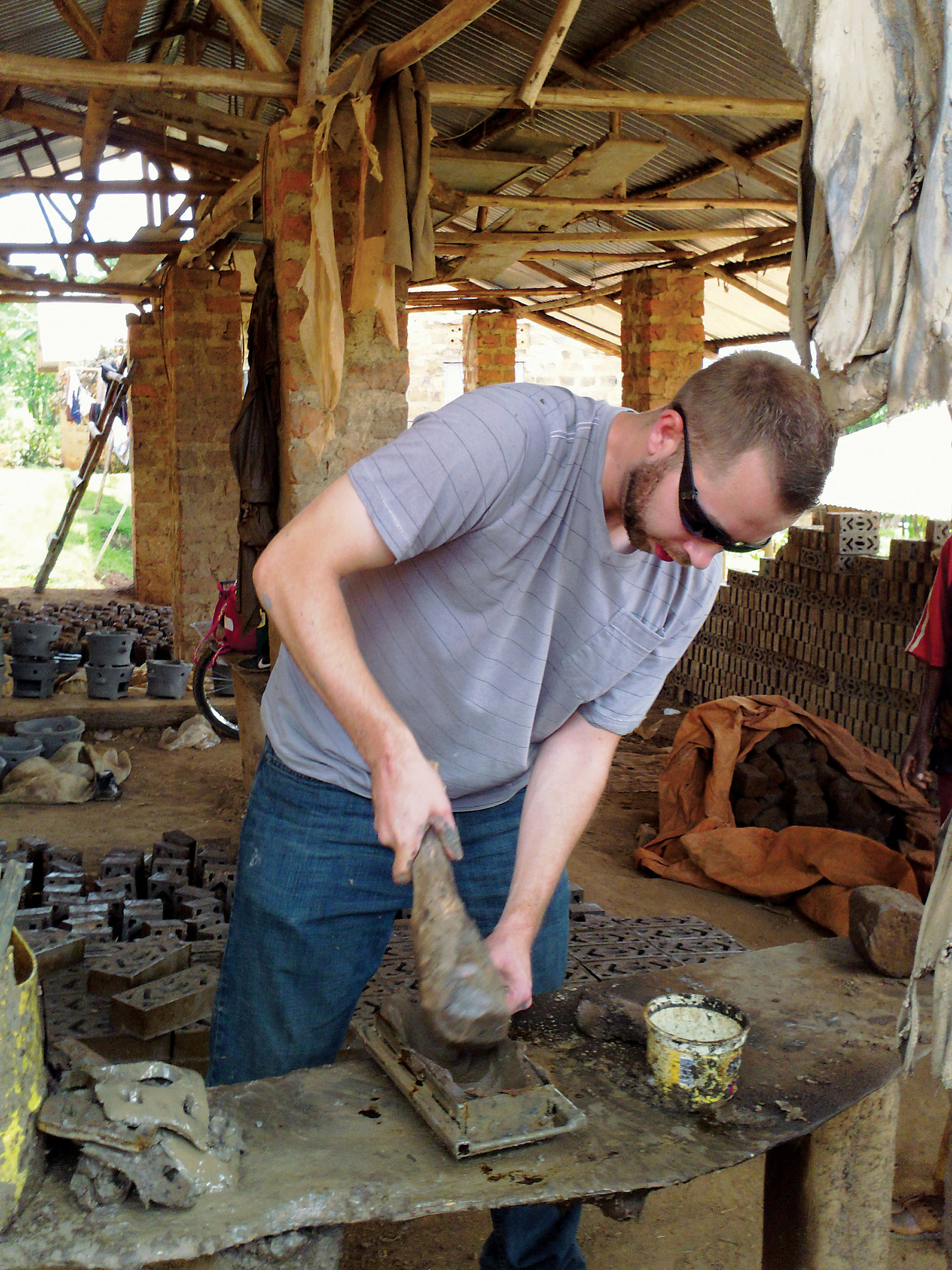
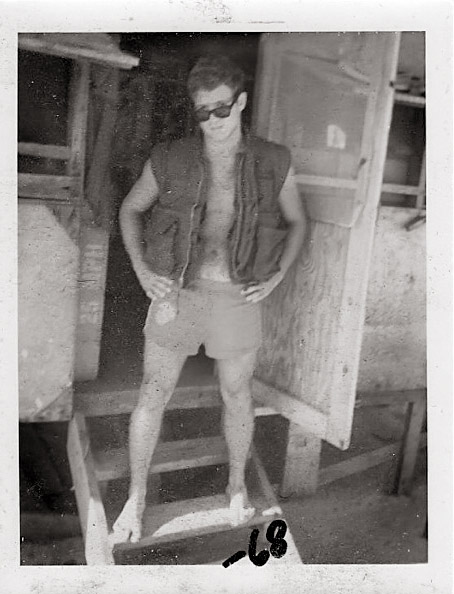
Photo: Alum Doug Claybourne in Chu Lai, Vietnam, in 1968. (Courtesy Doug Claybourne)
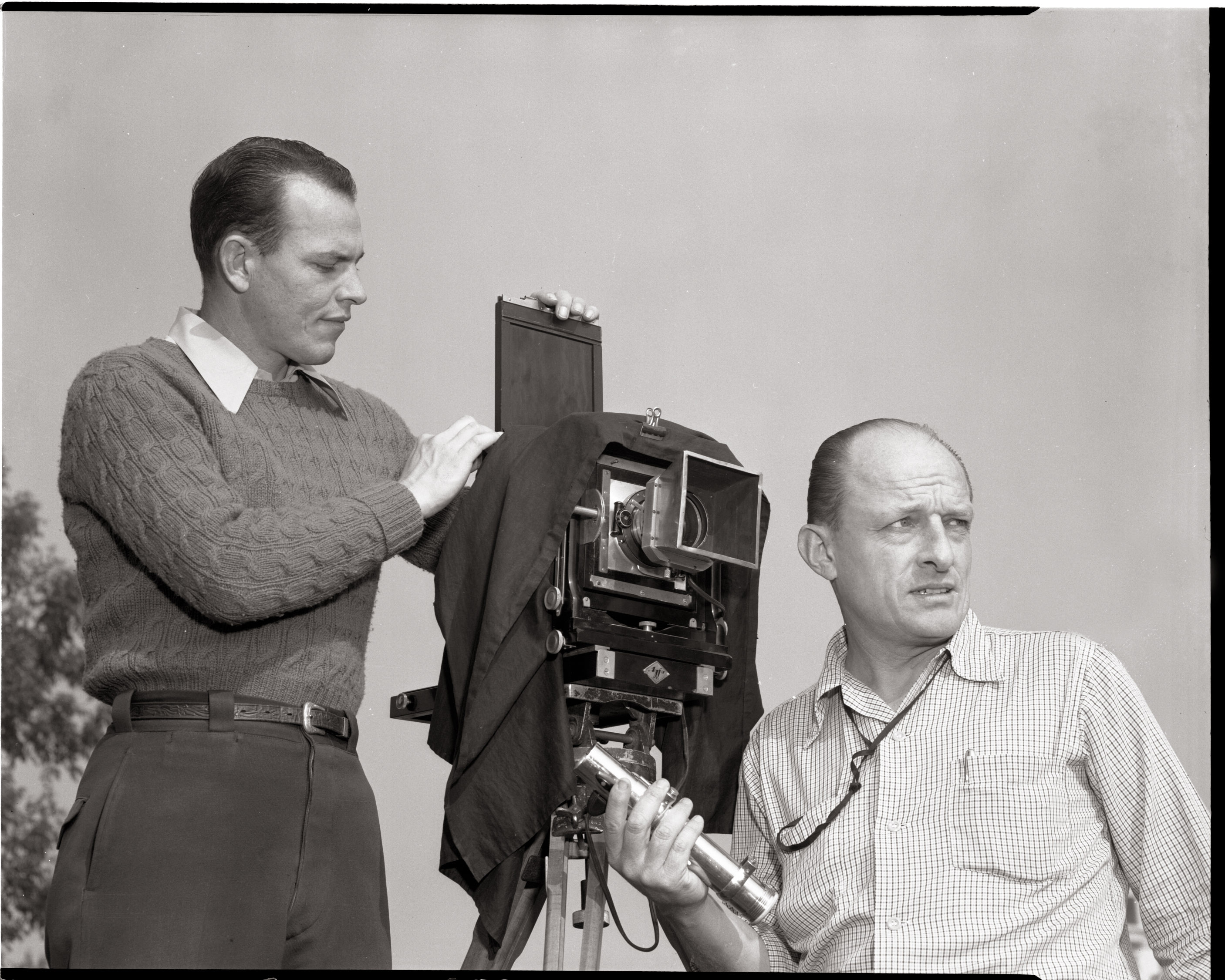
Photo: ArtCenter alum and photography instructor Herman Wall (right), circa 1949.
New Resources for Veterans
Appreciating the unique experiences and attributes student veterans bring to the classroom, from leadership skills to a global perspective, ArtCenter is eager to reach out to prospective students who are veterans as it ramps up on-campus efforts to provide currently enrolled veterans with resources.
“With many more returning veterans in the pipeline resulting from the end of the Iraq and Afghanistan wars,” Hoffman says, “the discussion about how we might serve those who have served us deserves more energy, creativity
It is a discussion that many
“During Vietnam, the national mentality turned against veterans rather than against the government who led us into war. That mentality lingered for decades, including, I believe, at ArtCenter,” James Caccavo (BFA 72 Photography and Imaging) says frankly. As a photographer with the Red Cross during the Vietnam War, he witnessed the war’s devastation up close. His stunning images now reside in the National Archives and the Library of Congress.
“If it wasn’t for the volunteers of today’s military,” Caccavo adds, “there would be a military draft. Young people at ArtCenter should understand and be grateful for that.”
The College’s staff, faculty
Then there is the financial component. While today’s Post-9/11 GI Bill® provides support for returning veterans wanting to pursue higher education, it often isn’t enough to cover the full cost of an ArtCenter education. “Assistance from the GI Bill® gets used up quickly,” says Emmert, who had to take out student loans to enroll at ArtCenter—loans he was only able to get with the help of a cosigner.
Helping to bridge this financial gap is a recent grant to ArtCenter from The Ahmanson Foundation earmarked for the recruitment, education
Foundation President William H. Ahmanson explains the unique value veterans bring to the classroom this way: “Veteran students while deployed have acted as warriors, diplomats, supervisors, trainers and in some cases foster parents, all while in their 20s. They have world experience they can apply in a practical way in the classroom. Many students begin experiencing the ‘real world’ during college. Veteran students have already lived it.”
Desiree Sisneros (BFA 13 Advertising), the first in her family to go to college, was among the first recipients of the Ahmanson scholarship at ArtCenter. Sisneros, whose tours took her to Iraq and Antarctica, joined the Navy in part to pay for school, which she completed in back-to-back terms without a break. “However, the funds from the GI Bill® ran out after my sixth term,” she says. “I was terrified I wouldn’t be able to finish. The Ahmanson scholarship made that possible. I cannot fully express my gratitude for the generosity shown to a small-town kid from Colorado with a big dream.”
In a similar show of support, Nancy Player Legler and her sisters, Marguerite, Maureen
“Had it not been for the assistance he received, our father could never have afforded to pursue a design career,” says Legler. “When he returned from the Pacific to his hometown of Rupert, Idaho, he most likely would have had to go to work in the nearby sugar factory. ArtCenter gave him a leg up.”
Dana L. Walker (BFA 95 Photography and Imaging), managing director, Public Programs, and director, ArtCenter at Night, knows how vital this type of support is. “Thanks to the Player family’s generosity,” she says, “ArtCenter at Night will be better able to assist recent veterans who want to take our continuing studies classes, especially those who are seeking to build their portfolios for admission to ArtCenter’s full-time degree programs.”
Their discipline and experience in high-pressure environments quickly become apparent in the studio, as do their adaptability and leadership.
Karen HofmannChair of the Product Design Department
If it wasn’t for the volunteers of today’s military there would be a draft. Young people at ArtCenter should understand and be grateful for that.
James Caccavo
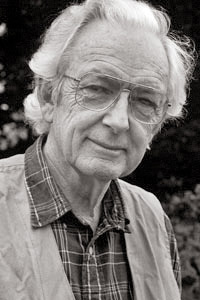
Photo: Wayne F. Miller, who later became president of Magnum Photos, was a U.S. Navy photographer in World War II. (© Joan Miller, courtesy Magnum Photos)
When my father returned from the Pacific to his hometown of Rupert, Idaho, he most likely would have had to go to work in the nearby sugar factory. ArtCenter gave him a leg up.
Nancy Player Legler
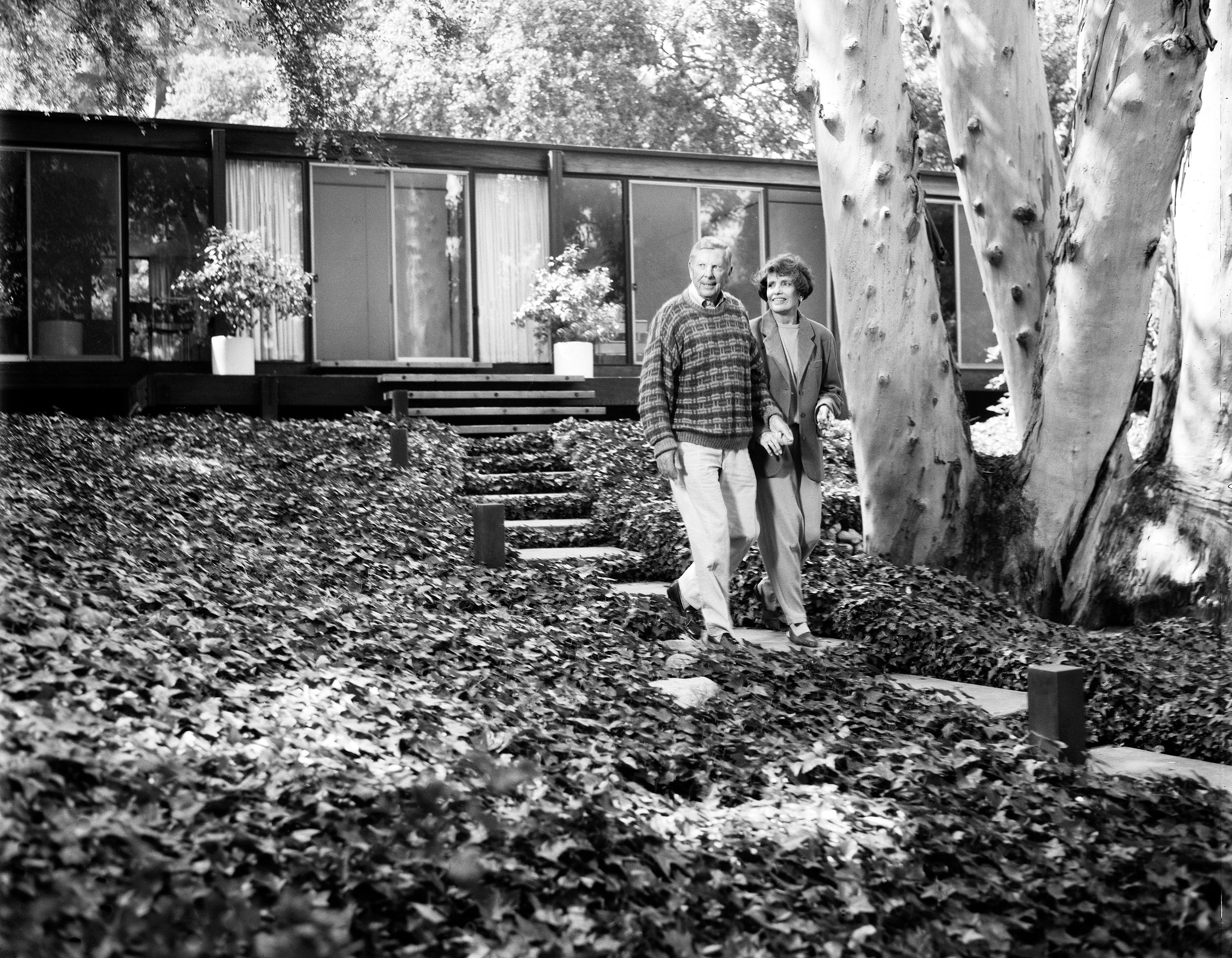
Recognizing Veterans on Campus and Beyond
Wars are generational, which can make it easy to lose sight of our predecessors’ service. As a result, veterans too often have failed to receive the recognition they deserve. ArtCenter seeks to proactively honor veterans, on campus and
In 2011, upon the passing of ArtCenter’s second president, Donald Kubly (BFA 49 Advertising), the College recognized his Army Air Corps service in a tribute published in the Fall issue of Dot magazine and at a campus event honoring Kubly, with a memorial display that included his uniform, medals and wartime photos. Kubly, who flew more than 80 combat missions during World War II, is remembered as an inspirational leader and exemplifies the impact military veterans can have at ArtCenter.
“There were many people at ArtCenter who touched our lives,” Caccavo recalls of his own College years. “But those whose leadership and teaching had great humanity and humility were often rooted in wartime experiences that challenged and tested their courage and compassion, and sealed forever a code of integrity and values that greatly benefited this school, and all our lives.”
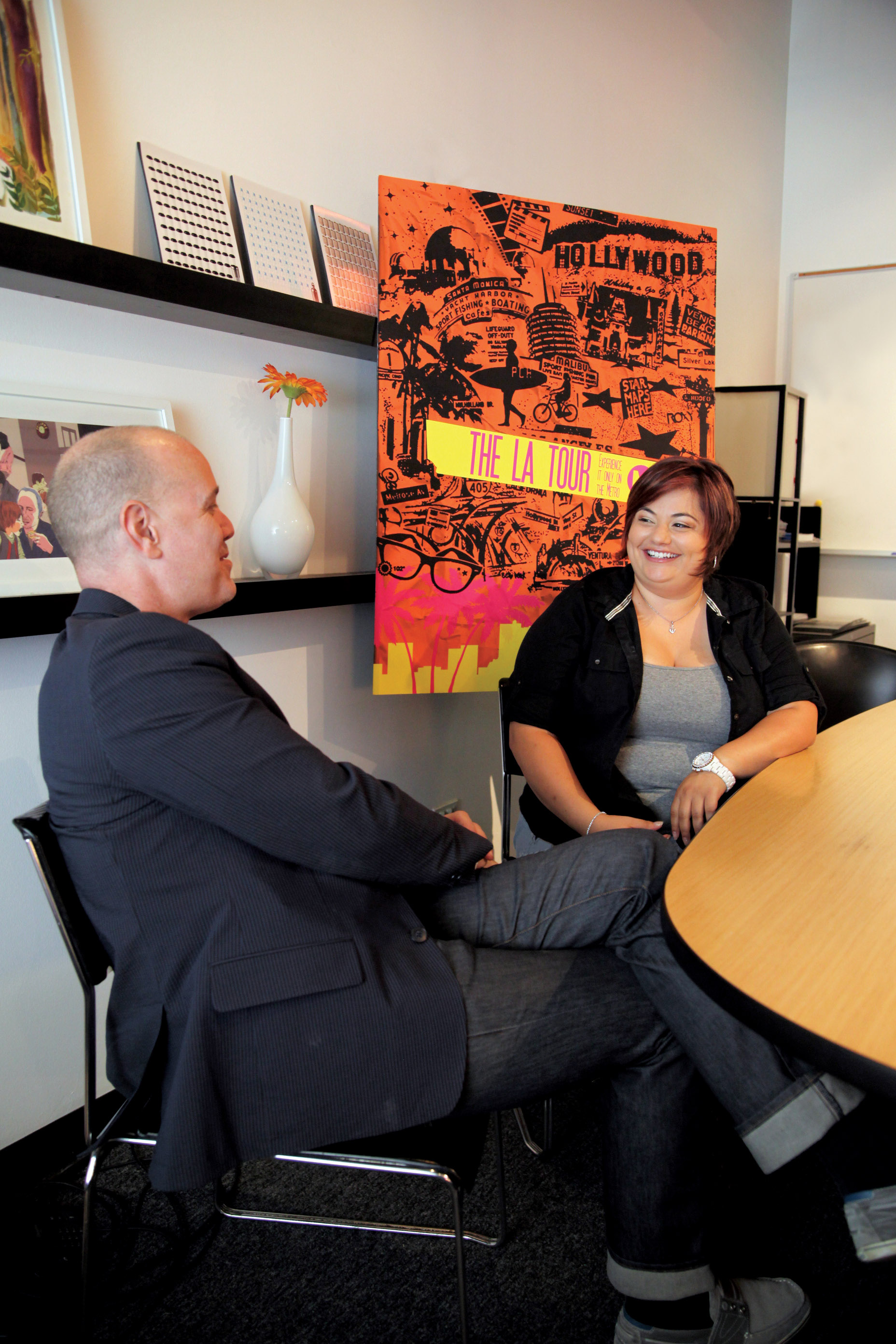
GI Bill® is a registered trademark of the U.S. Department of Veterans Affairs (VA).



